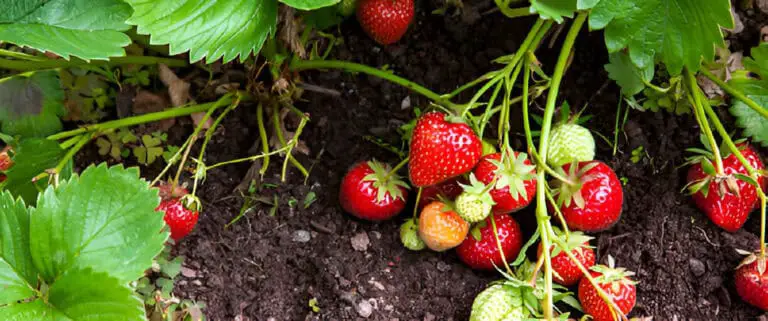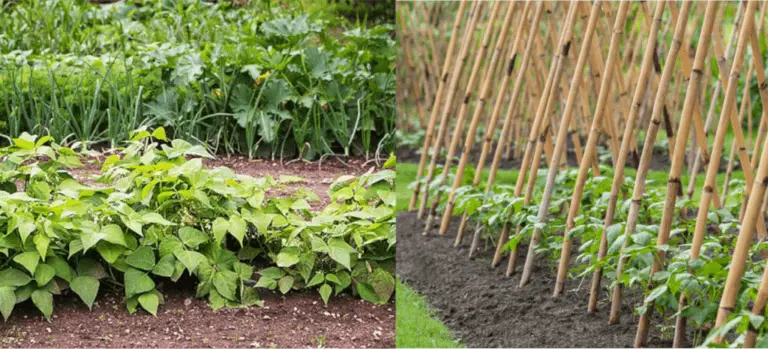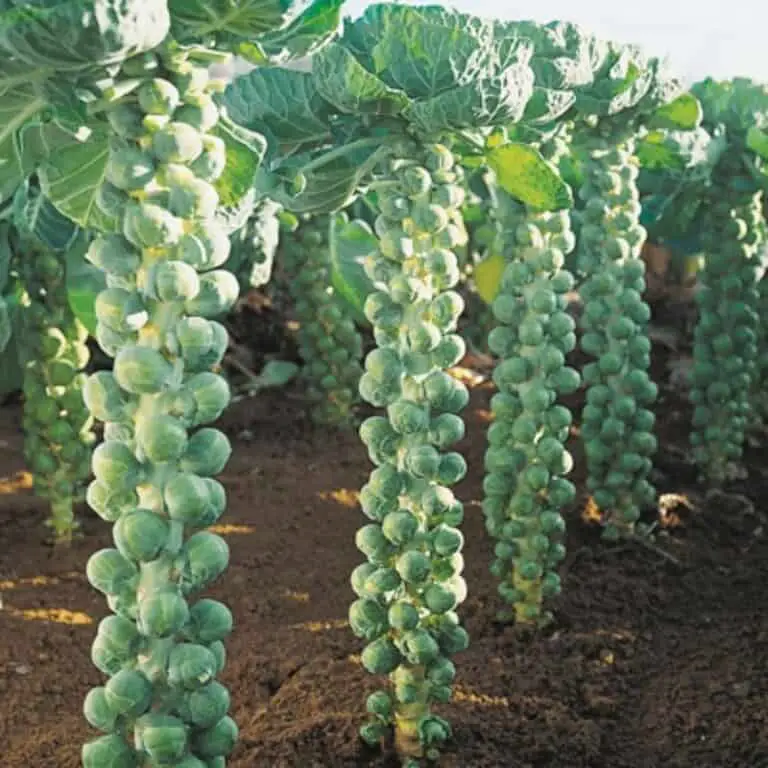Does Cantaloupe Grow on Trees? Understanding Its Growth and Production
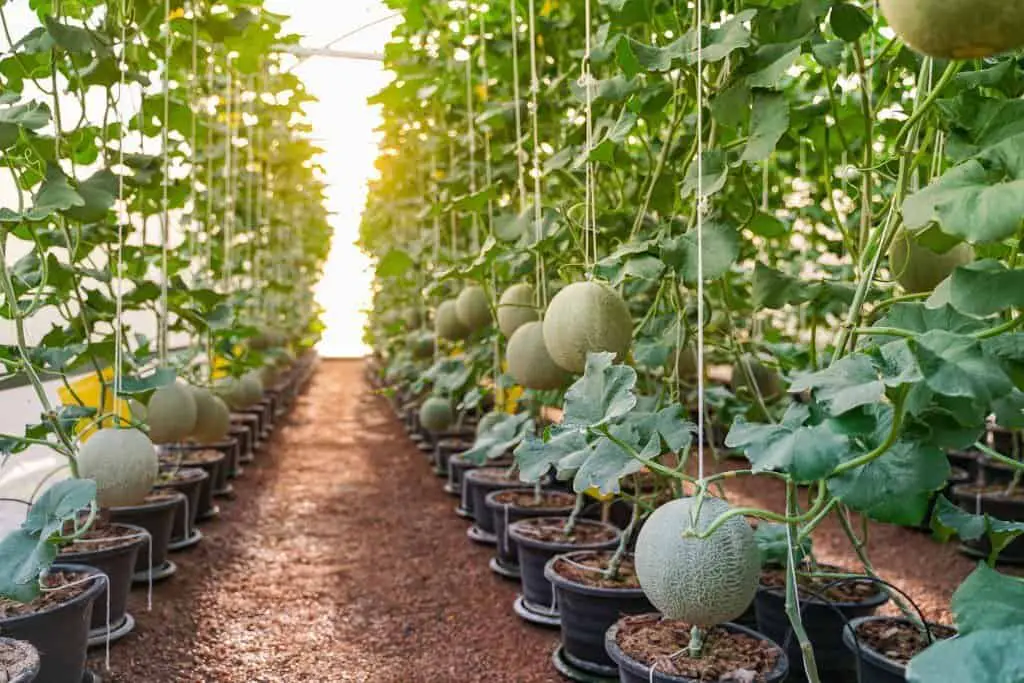
Cantaloupes are one of the most popular and delicious summer fruits. They are often found in fruit salads, smoothies, and as a refreshing snack on hot summer days. However, have you ever wondered where cantaloupes come from and how they grow?
One common question that people ask is whether cantaloupes grow on trees like apples and oranges. The answer is no, but there’s more to it than just a simple yes or no answer.
In this article, we’ll delve into the world of cantaloupe growth and production. We’ll talk about what makes them grow, the different stages of a cantaloupe’s life cycle, and the best ways to pick and store them.
So, whether you’re a gardener or simply curious about the world of agriculture, read on to discover everything you need to know about the growth and production of cantaloupes.
Understanding the Growth Habit of Cantaloupe Plants
Cantaloupes are a type of muskmelon and are considered a warm-season crop. They are members of the Cucurbitaceae family, which also includes cucumbers, pumpkins, and squash.
These plants are annuals and can grow up to 12 inches tall and 3 to 4 feet wide. It is important to understand the growth habits of cantaloupe plants to ensure a successful harvest.
Cantaloupe plants have both male and female flowers on the same plant. Most of the time, the male flowers bloom before the female ones. Pollination happens when bees move pollen from the male flower to the female flower. Cantaloupe plants grow best in warm, dry climates with well-draining soil. The plants prefer full sun and require a lot of space to grow.
As cantaloupe plants grow, they produce vines that can spread out several feet. The vines can be trained to climb trellises or left to grow naturally along the ground. To make sure the vines grow well, it’s important to water them often and give them fertilizer.
Cantaloupe plants can be susceptible to pests and diseases, so it is important to monitor the plants closely for any signs of trouble.
Do Cantaloupes Grow on Trees?
Cantaloupes do not grow on trees. They are a type of fruit that grows on a vine. The cantaloupe plant is a member of the cucurbit family, which also includes other vine fruits like cucumbers, watermelons, and pumpkins.
Like other vine fruits, cantaloupes need a lot of space to grow and spread out, which is why they are often planted in large gardens or on farms.
When planting cantaloupes, it is important to choose a sunny spot with well-draining soil. The seeds should be planted in hills, with several seeds per hill, to ensure that at least one seed germinates. Once the seedlings have sprouted and begun to grow, they should be thinned to only one plant per hill to give the cantaloupe enough room to grow and spread out.
As the cantaloupe plant grows, it will produce both male and female flowers. The male flowers appear first and do not produce fruit. The female flowers appear later and have a small fruit attached to the base of the flower. This fruit will grow into a cantaloupe if it is properly fertilized.
Cantaloupes require bees or other pollinators to transfer pollen from the male flowers to the female flowers, so it is important to plant the cantaloupe in an area with plenty of pollinators.
Do Cantaloupe Plants Climb?
While cantaloupe plants do not climb naturally like some other plants, they can be trained to grow on a trellis with some help. Growing cantaloupe on a trellis saves space and makes it easier to pick the fruit, among other things. Additionally, trellising can help keep the fruits clean and off the ground, reducing the risk of disease and pest infestation.
When growing cantaloupe on a trellis, it’s important to choose a sturdy, tall structure that can support the weight of the vines and fruits. A fence or archway can work well, or you can build a custom trellis using materials like bamboo or PVC pipes. The trellis should be installed before planting the seeds or seedlings, so the plants can be trained to grow upward from the beginning.
As the cantaloupe plants grow, their tendrils will naturally cling to nearby objects. To encourage the vines to grow up the trellis, gently tie them to the structure with a soft material like garden twine or strips of fabric.
Avoid using anything that could damage the delicate vines, like wire or string. It’s important to tie the vines loosely, so they have room to grow and expand as they climb the trellis.
Putting cantaloupe plants on a trellis can take some extra work, but it can be well worth it. In addition to the benefits listed above, growing cantaloupe on a trellis can also help the air flow around the plants, making them less likely to get diseases caused by fungi.
With proper care and attention, you can enjoy a bountiful harvest of sweet, juicy cantaloupes grown on your very own trellis.
How Do Cantaloupes Grow?
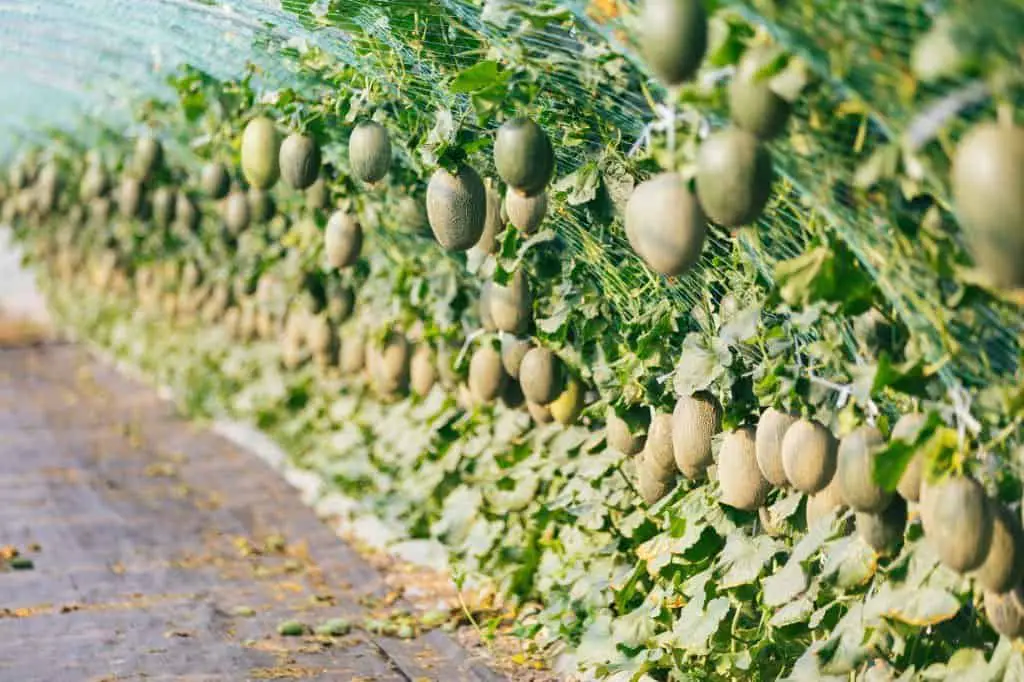
Cantaloupes are a type of melon that grows on vines rather than trees. These plants require a lot of space and plenty of sunlight to grow properly. To grow cantaloupes, you need to first prepare the soil by adding compost or other organic matter to the soil. This will provide the necessary nutrients for the plant to grow.
Once the soil is prepared, you can plant the cantaloupe seeds. Cantaloupes prefer warm weather and soil, so it’s best to plant the seeds after the danger of frost has passed. Plant the seeds directly in the ground or start them indoors and transplant them outside once they’ve grown a little.
Cantaloupe plants will grow quickly, and you may need to provide support for the vines as they become heavy with fruit. The vines can grow up to 6 feet in length, so it’s important to provide enough space for the plant to grow. Cantaloupes also need a lot of water, so be sure to keep the soil moist. Proper care and attention will help the cantaloupe plants thrive and produce a bountiful harvest.
Growing Cantaloupe Vertically
Growing cantaloupe vertically is a great option for gardeners who want to make the most of the space in their beds or who don’t have much room on the ground. The best way to grow cantaloupe vertically is to use a sturdy trellis that can support the weight of the vines and fruit. A good trellis can be made from wire or string, or even from an existing fence or wall.
One method for training cantaloupe vines to grow vertically is to use the natural tendrils that the plant produces. These tendrils will coil around anything they come in contact with, so gardeners can help the cantaloupe grow vertically by orienting new vines up onto the trellis and twisting these tendrils around the wire or string. This will help support the weight of the vines and fruit as they grow larger.
Another option for growing cantaloupe vertically is to use cloth or other soft ties to loosely tie the vines to the trellis. This can help prevent damage to the vines and fruit as they grow and move in the wind. It’s important to check the ties periodically and adjust them as needed to avoid constricting the growth of the vines.
Factors That Affect Cantaloupe Growth
Cantaloupes, like all plants, require a certain set of conditions to grow optimally. Several factors can affect the growth of cantaloupes.
- Soil quality: The quality of the soil can affect the growth of cantaloupes, as the plant requires rich and well-drained soil with plenty of organic matter.
- Water availability: Cantaloupes require consistent watering throughout the growing season. Too much or too little water can hinder growth and development.
- Temperature: Cantaloupes grow best in warm weather and require a minimum temperature of 60 degrees Fahrenheit. Cool temperatures can slow growth or even kill the plant.
- Humidity: Humidity is another important factor. High humidity can cause diseases and rot in cantaloupe plants, while low humidity can cause the plant to dry out.
- Light exposure: Cantaloupes require plenty of direct sunlight to thrive. Without enough sun exposure, the plant may not produce healthy fruit.
- Pest and disease management: Various pests and diseases can affect the growth of cantaloupes. Proper pest and disease management is crucial to ensure healthy plant growth and a successful harvest.

